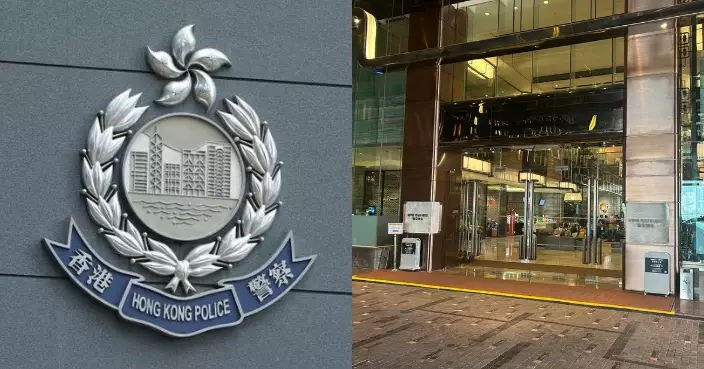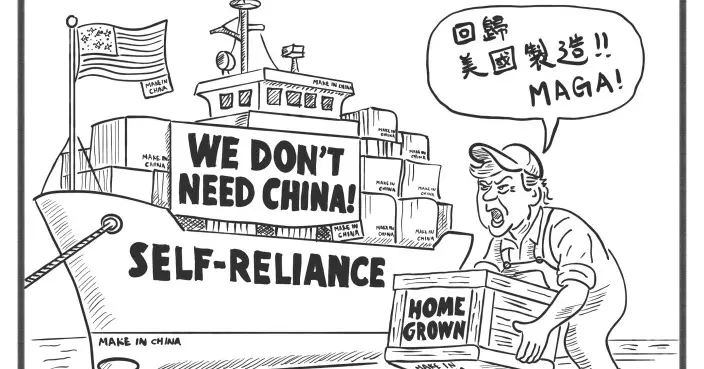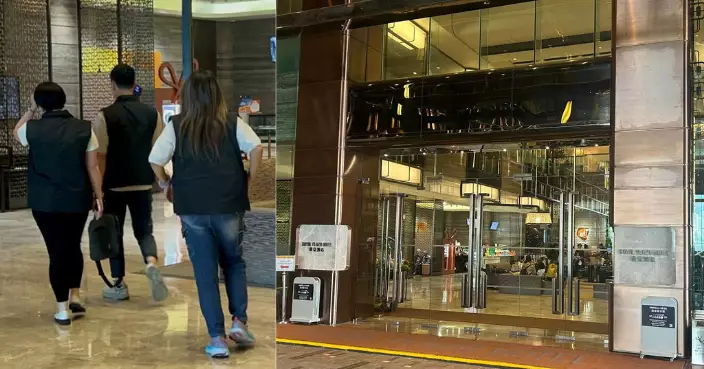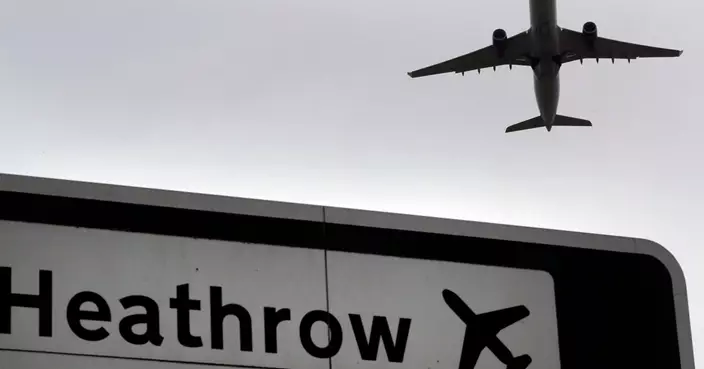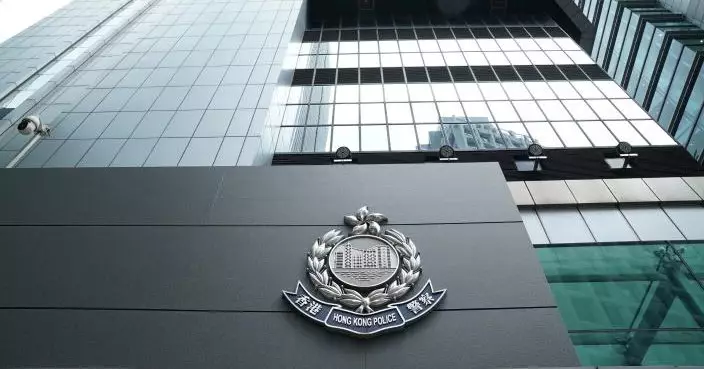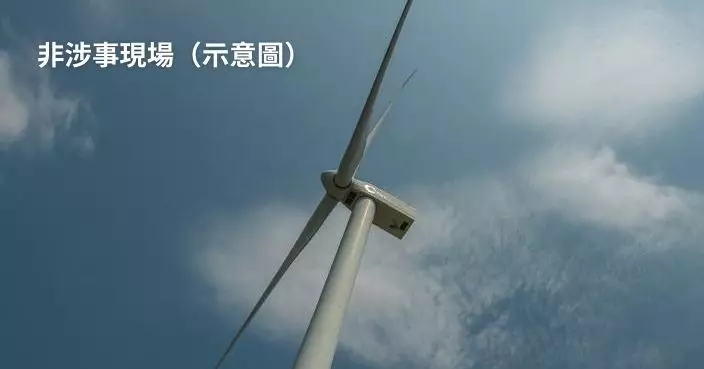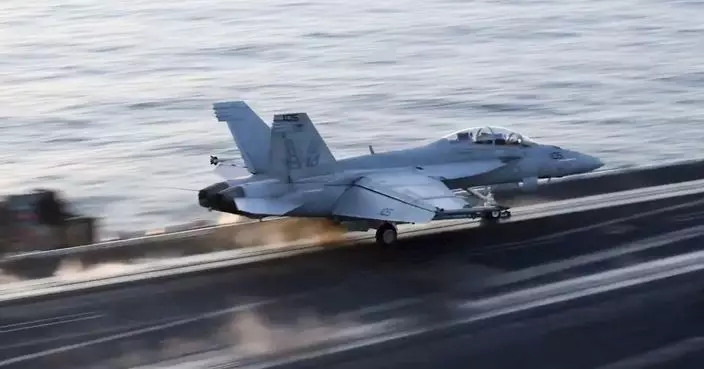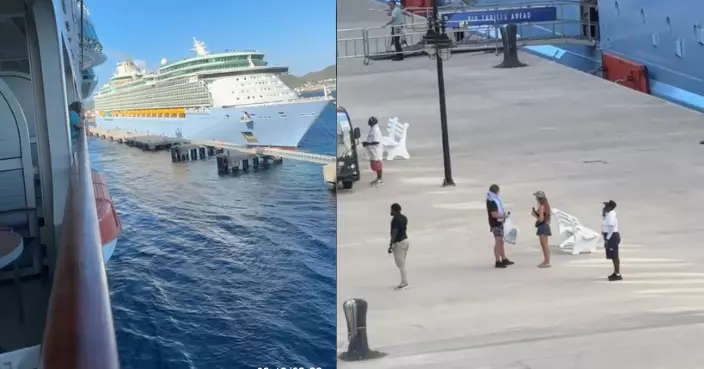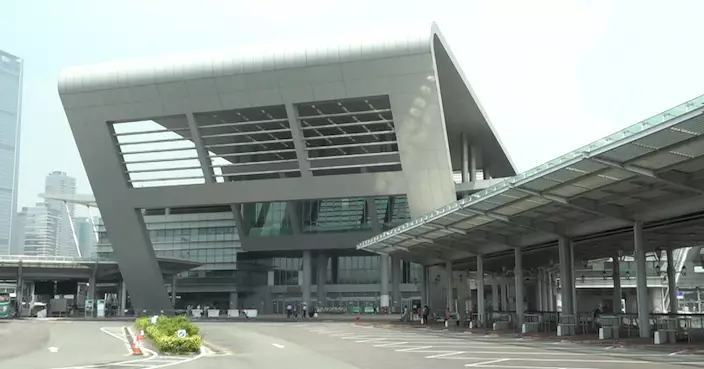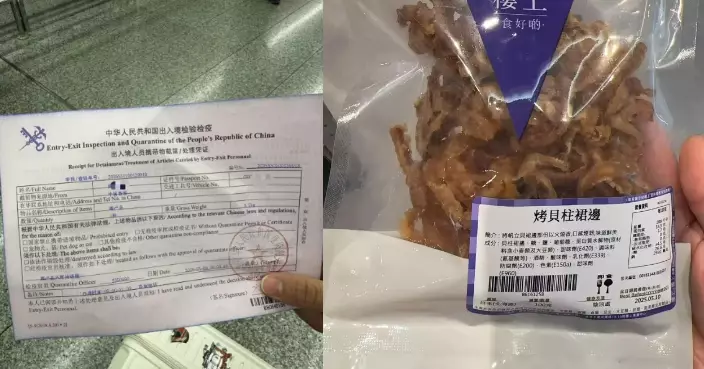唔知大家記唔記得9月1號嘅時候蘇拉襲港,因為颱風西登,所以令到颱風威力增加,令到果陣時又大風又大雨。
但係大家知道點樣用英文形容打風嘅日子?快啲跟小編一齊學下啦!
1.天文台 Hong Kong Observatory
2.颱風 Typhoon
3.熱帶氣旋 Tropical cyclone
4.8 號風球 Typhoon No. 8
5.一號戒備信號 Standard sihnal No.1
6.三號強風信號 Strong wind signal No.3
7.八號西北烈風或暴風信號 No.8 Northwest Gale or storm signal
8.八號西南烈風或暴風信號 No.8 Southwest Gale or storm signal
9.八號東北烈風或暴風信號No.8 Northeast Gale or storm signal
10.八號東南烈風或暴風信號 No.8 Southeast Gale or storm signal
11.九號烈風或暴風風力增強信號 Increasing Gale or Storm Signal No9
12.十號颶風信號 Hurricane Signal No.10
In Hong Kong, the government is also on high alert and has taken extensive preparations to deal with the powerful typhoon “Sulawesi.” They have implemented a “whole-of-government mobilization” plan, which involves mobilizing at least 10,000 personnel, accounting for approximately 55% of the government’s workforce, to handle and manage the aftermath if necessary. The Chief Secretary for Administration, Matthew Cheung, who is the second-highest-ranking official in the Hong Kong government, led a press conference with 10 bureau directors and department heads to announce the contingency plans for addressing the potential serious threats posed by Typhoon “Sulawesi.”
The Director of the Hong Kong Observatory, Shun Chi-ming, stated that the storm surge generated by “Sulawesi” could reach historically high levels in certain areas of Hong Kong, leading to severe flooding in low-lying coastal areas. If “Sulawesi” passes south of Hong Kong, the situation may be similar to the impact of Typhoon “Mangkhut” in 2018. It is expected that areas such as Tolo Harbour, Victoria Harbour, and Tai O will be heavily affected, with water levels in Tolo Harbour potentially reaching 5 meters above the Chart Datum, close to the record set by Typhoon “Wanda” in 1962.
During the passage of Typhoon “Wanda,” the highest typhoon signal, Signal No. 10, was raised by the Observatory. The storm resulted in the death or disappearance of 183 people, making it the typhoon with the highest number of casualties since World War II. Of particular concern is the fact that “Wanda” also struck Hong Kong on September 1, with the Hong Kong Observatory recording a maximum 60-minute average wind speed of 133 kilometers per hour, maximum gusts of 259 kilometers per hour, and a minimum instantaneous sea-level pressure of 953.2 hectopascals. These three records remain unbroken to this day.
As for Super Typhoon “Mangkhut,” which struck Hong Kong on September 16, 2018, it caused over 360 injuries and resulted in the paralysis of multiple public transportation networks. The government faced criticism for not declaring a work suspension during the typhoon.
The Hong Kong Observatory issued the Typhoon Signal No. 8 early in the morning due to the approach of Typhoon “Sulawesi.” It is expected that the Signal No. 8 typhoon warning, commonly known as “Typhoon 8,” will remain in effect for most of the day. According to the latest projected path, Typhoon “Sulawesi” is forecasted to enter within 100 kilometers of Hong Kong with a maximum center wind speed of 185 kilometers per hour at around 5 p.m. today. It is expected to come closest to Hong Kong tonight and tomorrow morning, passing within approximately 50 kilometers south of the Hong Kong Observatory.
The Observatory further stated that depending on local wind conditions, they will consider issuing a higher tropical cyclone warning signal between 6 p.m. and 10 p.m. tonight. It remains undisclosed whether they will raise the No. 9 signal or the highest No. 10 signal. If the forecast remains unchanged, Typhoon “Sulawesi” will essentially move away from Hong Kong by Sunday, with weakened winds expected on Sunday and Monday, although heavy rain showers may still occur.
With the Typhoon Signal No. 8 in effect, work and classes in Hong Kong have been suspended, and both maritime and land-based transportation services have been progressively halted. Airline operations will continue as long as feasible, according to the Airport Authority. As of noon, approximately 366 flights have been canceled, with around 40 flights experiencing delays, while 600 flights have operated smoothly. After 2 p.m., most flights are expected to be canceled, but the airport will not be closed.
Due to the cancellation of over 300 flights, a large number of passengers have gathered at the airport to seek information, resulting in long queues at airline counters. Additionally, some passengers have missed their flights last night due to misinformation and are expected to wait at the airport for a day until they can be accommodated on tonight’s flights. The status of flights is currently uncertain, and passengers will need to visit the airline counters to obtain further information.
因為全球暖化,超強颱風嘅形成同襲港嘅機會都會比以前多,大家記住係颱風嘅時候要留係安全嘅地方,唔好去觀浪啊!
如果大家有什麼英文問題,如Spencer Lam, 好唔好咁樣學英文呀? 或者IELTS考試,成人英文/商業英文的知識及英文資源,歡迎你可以隨時再跟我多交流一下,可以Follow 「Spencer Lam English Team」 Facebook page同IG得到更多英文資訊,亦都可以上 https://spencerlam.hk/ 了解更多!
Spencer Lam
** 博客文章文責自負,不代表本公司立場 **




